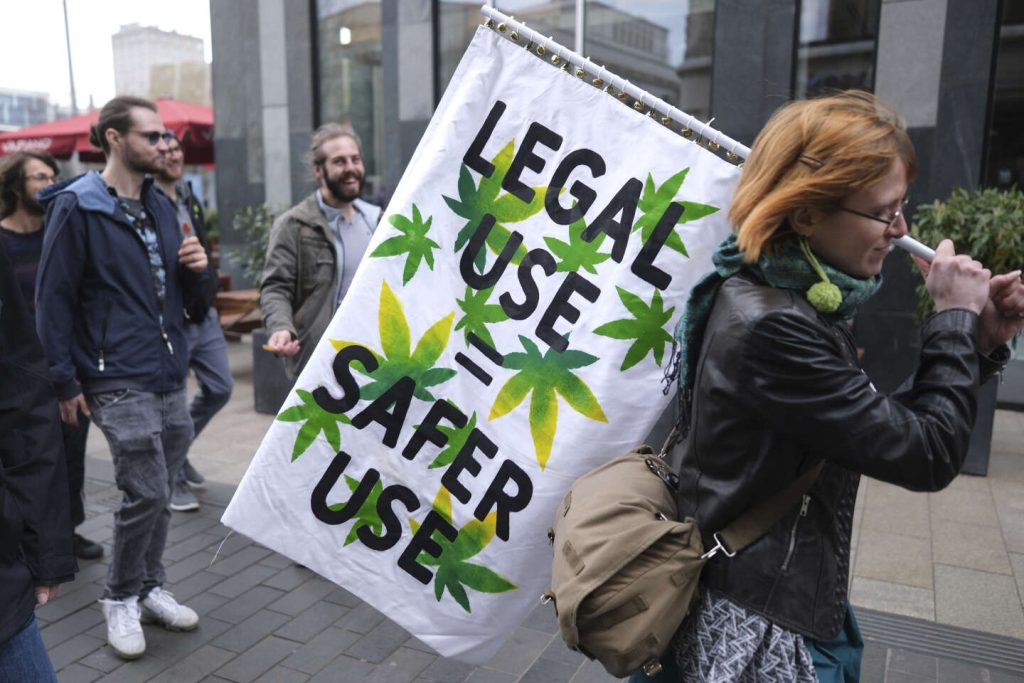On April 1st, Germany became the third country in the European Union to legalize the “recreational” use of cannabis, following Malta and Luxembourg. The new law allows for the possession of 25 grams of dried cannabis in public places, as well as home cultivation. Distribution will begin on July 1st through “cannabis clubs,” associations responsible for growing and selling to members. Opponents of the legalization fear an increase in consumption, especially among young people under 25, who are at higher risk due to the effects of cannabis on the brain.
Only twelve countries worldwide have partially or fully legalized cannabis, with Uruguay leading the way in 2013, followed by some US states like Colorado and Washington in 2014, and Canada in 2018. These cases show an increase in adult cannabis consumption, with no significant change among minors except in Uruguay. The difficulty of measuring drug use in society leads to underreporting in surveys, making it challenging to assess the true impact of legalization on consumption trends.
Legalization of cannabis has led to a wider distribution of the product among adults, with a variety of consumption methods and products available in states like Colorado and Washington. The market has seen an increase in cannabis consumption and new consumer demographics due to the availability of various products like edibles, beverages, and concentrates. The visibility of cannabis in public spaces has also increased, with a rise in the number of cannabis shops in these states. This expansion has attracted more seniors who are opting for CBD-based products known for their relaxing and pain-relieving effects.
One of the goals of legalization is to combat the illicit market by aligning legal prices with those on the street. However, the overall decrease in cannabis prices in legal markets may lead to increased consumption, as observed in some regions. The transition away from the black market may vary in its pace and effectiveness depending on the regulatory models in place. In Uruguay, slow regulatory implementation has led to a significant portion of consumers still obtaining cannabis from illegal sources, whereas in some US states, overproduction has fueled black market activities due to surplus supply.
Despite these challenges, legalization has encouraged users to shift towards legal markets, offering regulated products with known health risks and targeted prevention campaigns. Data from Health Canada shows that a majority of cannabis consumers in 2023 purchased their products from legal sources five years after the market was opened. The issue remains to find a balance between generating tax revenues and addressing public health concerns, with no country having yet found the optimal formula.ongoing efforts to find the right balance between economic profitability and societal well-being in the wake of changing cannabis legislation.


